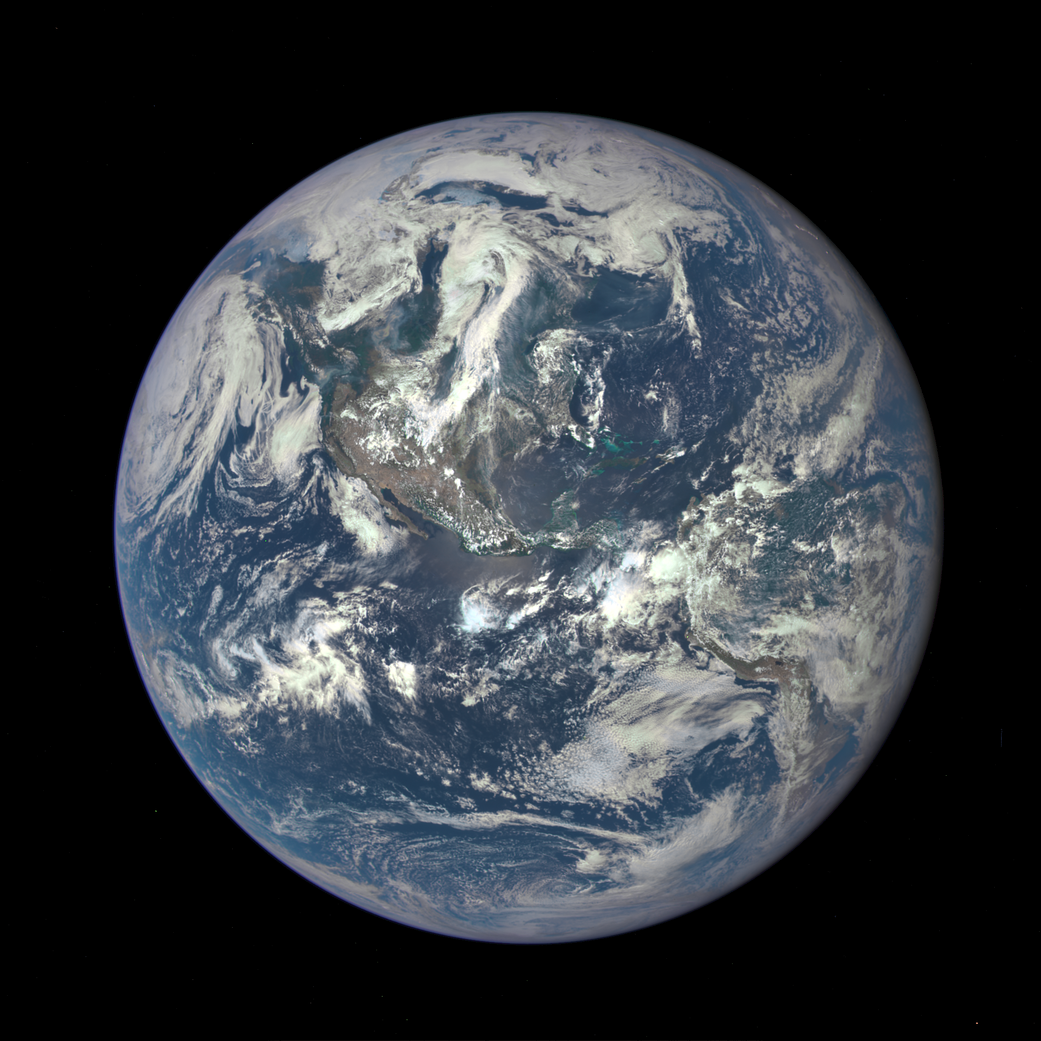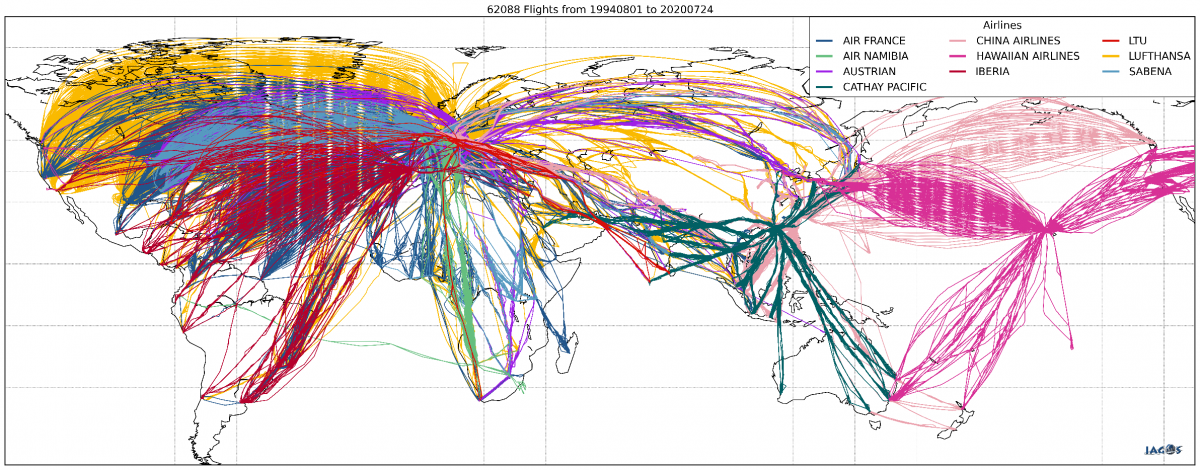Ozone pollution levels have increased over the past 20 years, study finds
This study is the first to use ozone data collected by commercial aircraft.

Ozone pollution has increased across the Northern Hemisphere over the past 20 years, researchers have found in a new study — the first study to use ozone data collected by commercial aircraft.
In the new research, scientists from the Cooperative Institute for Research in Environmental Sciences (CIRES) at the University of Colorado Boulder studied levels of ozone — a greenhouse gas which pollutes Earth's lower atmosphere — over the Northern Hemisphere. (This is different from the ozone layer that exists much higher in Earth's atmosphere and protects life on our planet.)
In analyzing the ozone data, which was collected by commercial aircraft, the team found that, while ozone values were very low between 1994 and 2004, they rose to "very high levels," between 2011 and 2016, according to a statement.
Related: Banned ozone-depleting chemical was used illegally in China

These rising levels of ozone are "a big deal because it means that as we try to limit our pollution locally, it might not work as well as we thought," lead study author Audrey Gaudel, a CIRES scientist working in the The National Oceanic and Atmospheric Administration (NOAA) Chemical Sciences Laboratory, said in the same statement.
The researchers focused on ozone in the Northern Hemisphere because, as Gaudel told Space.com in an email, the region encompasses a huge percentage of humans that are affected by the air quality. Because it is a greenhouse gas, ozone also directly impacts climate, Gaudel said.
Previous ozone studies struggled to fully understand trends in the Northern Hemisphere because of a lack of monitoring stations and conflicting satellite data, Gaudel explained in the statement.
Get the Space.com Newsletter
Breaking space news, the latest updates on rocket launches, skywatching events and more!
"We found out during a previous international effort called the Tropospheric Ozone Assessment Report that the satellite measurements did not agree on the sign of tropospheric ozone changes: We were not able to say if ozone was increasing or decreasing on the global scale over the past 10 years. That is concerning, given the impacts that ozone has on climate, health and vegetation," Gaudel told Space.com.
To circumvent these challenges, the team used a unique approach, relying on ozone data gathered by commercial aircraft as part of Europe's In-Service Aircraft for the Global Observing System (IAGOS) program. "Those data give rather regional information, but if enough regions are covered, we can get a global picture," Gaudel said in the statement.
"Since 1994, IAGOS has measured ozone worldwide using the same instrument on every plane, giving us consistent measurements over time and space from Earth's surface to the upper troposphere," Gaudel said in the statement. The team used IAGOS data taken in the troposphere, the lowest layer of Earth's atmosphere, above 11 different locations in the Northern Hemisphere between 1994 and 2016. During this timespan, the aircraft captured 34,600 ozone profiles at these locations (or about four per day.)
With this data, the team found that, on average, median ozone levels increased by 5% per decade. Additionally, while ozone decreased over some mid-latitude regions in the lower troposphere, the higher troposphere over locations like Europe and the U.S. saw larger ozone increases, causing an overall increase in the compound.
Related: Shutdowns from coronavirus create blue skies in California
So why has ozone been steadily increasing in the atmosphere? In two words: human pollution.
The team looked at levels of nitrogen oxides (NOx), one of the main precursors to ozone. NOx is a pollutant which often comes from human activities, including factory production and motor vehicles.
With the IAGOS measurements, the researchers simulated atmospheric composition and found that increased NOx emissions in the tropics likely caused the increase in ozone over the Northern Hemisphere, according to the statement.
Following this study, Gaudel aims to more deeply study ozone levels in the tropics and the precursors for this pollution, according to the statement. "We want to understand the variability of ozone and its precursors and the impact of polluted regions on remote regions," Gaudel said in the statement.
This study was published on Aug. 21 in the journal Science Advances.
Email Chelsea Gohd at cgohd@space.com or follow her on Twitter @chelsea_gohd. Follow us on Twitter @Spacedotcom and on Facebook.
Join our Space Forums to keep talking space on the latest missions, night sky and more! And if you have a news tip, correction or comment, let us know at: community@space.com.

Chelsea “Foxanne” Gohd joined Space.com in 2018 and is now a Senior Writer, writing about everything from climate change to planetary science and human spaceflight in both articles and on-camera in videos. With a degree in Public Health and biological sciences, Chelsea has written and worked for institutions including the American Museum of Natural History, Scientific American, Discover Magazine Blog, Astronomy Magazine and Live Science. When not writing, editing or filming something space-y, Chelsea "Foxanne" Gohd is writing music and performing as Foxanne, even launching a song to space in 2021 with Inspiration4. You can follow her on Twitter @chelsea_gohd and @foxannemusic.
